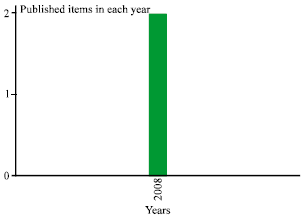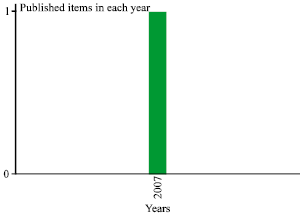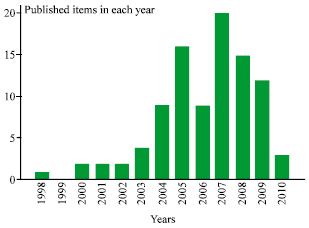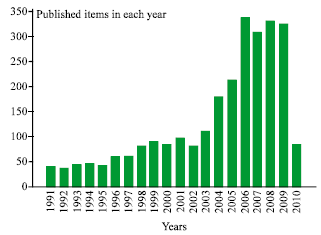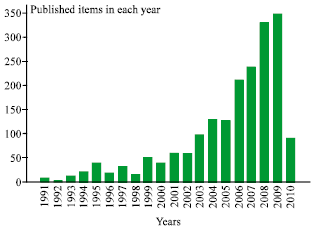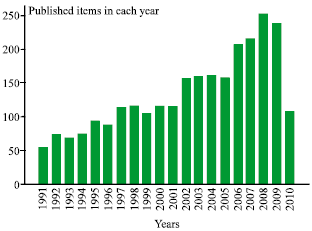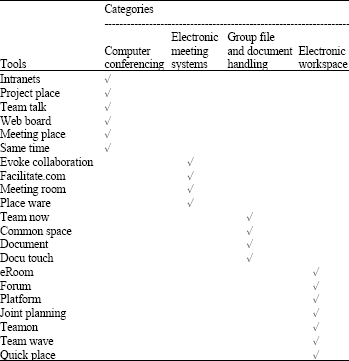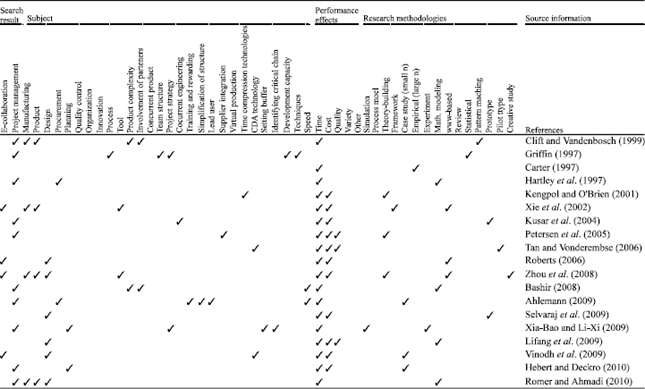Review Article
Toward a Theoretical Concept of E-Collaboration through Project Management in SMEs for Reducing Time and Cost in New Product: A Review
Department of Engineering, Design and Manufacturing University of Malaya, Lembah Pantai, 50603 Kuala Lumpur, Malaysia
S. Z. M. Dawal
Department of Engineering, Design and Manufacturing University of Malaya, Lembah Pantai, 50603 Kuala Lumpur, Malaysia
S. Ahmed
Department of Engineering, Design and Manufacturing University of Malaya, Lembah Pantai, 50603 Kuala Lumpur, Malaysia
H. Zayandehroodi
Department of Electrical and Electronic Engineering, Islamic Azad University of Kerman, Kerman, 7635131167, Iran









